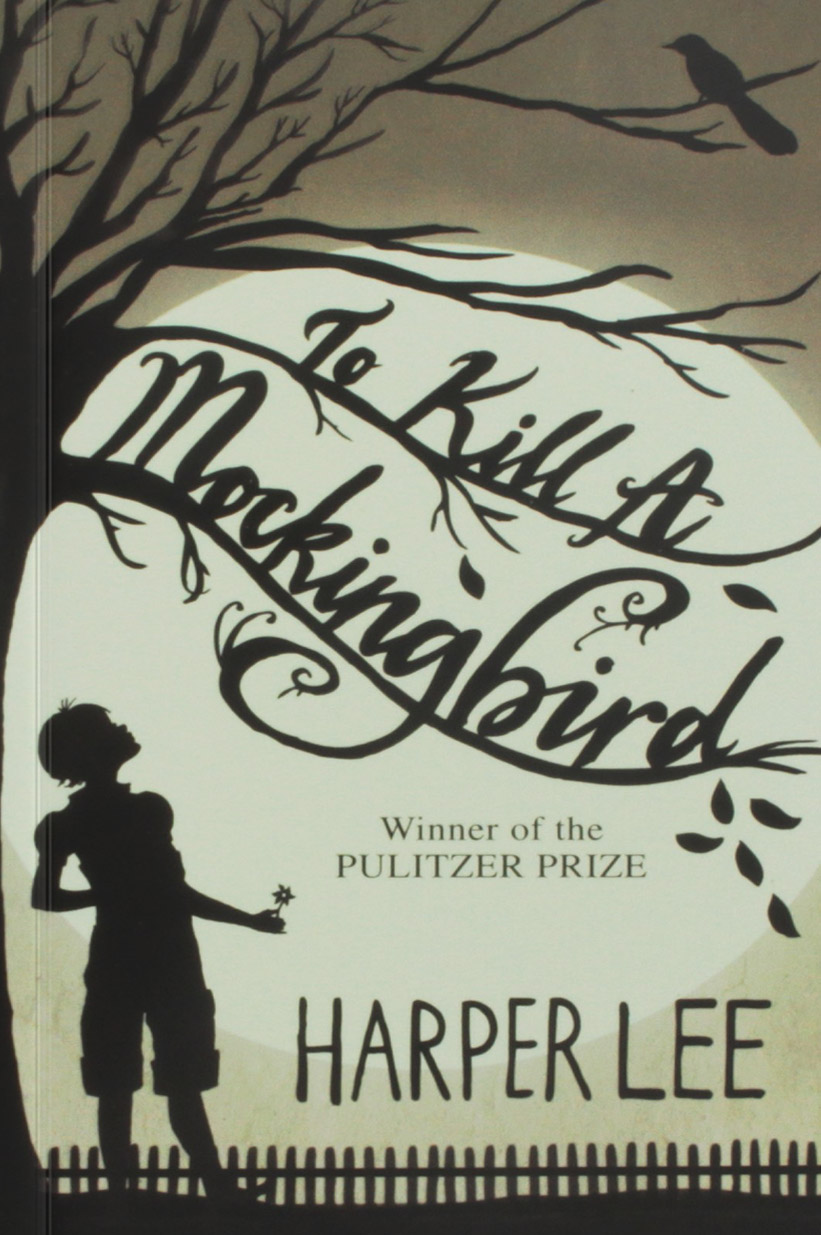
The story begins with our narrator, Scout Finch, recalling her memories of being a six-year-old girl starting school. She shares her adventures with her brother Jem and their friend Dill. But the main plot of the story revolves around Scout’s father, Atticus Finch, and the legal defense he must give for a black man accused of rape by a white woman.
The book follows the trial of Tom Robinson, his defense, the accusations, and the emotions and feelings of those in the community. Scout and her family must learn to navigate a town that isn’t friendly to the children of a man who appears to be siding with someone most feel is guilty because of the color of his skin.
Throughout the book, Scout and her brother try to sort through their own feelings for their black housekeeper and her family and their racist neighbors and friends. They struggle with the outcome of the trial and the aftermath. In the end, the family comes together willing to accept what the future may hold.
Unlike many books dealing with Civil Rights issues, this book takes an empathetic and compassionate stance. Scout and her brother learn to look at the plight of the defendant as he is obviously falsely accused, but instead of lashing out in violence, they also show compassion to their fellow neighbors. They are able to see the individuals and what makes them frightened and fearful.
One reason the book has resonated with so many readers is because of what Lee believed about writing. “A writer should write about what he knows and write truthfully.” And she did just that—writing about a fictional town that resembled her hometown and a court case that resembled others of the time. She wrote about characters we could understand. They weren’t perfect. They weren’t heroes. They weren’t saviors. They were simply imperfect people who had strong beliefs, fears, passions, and desires.
Everyone should read this book, not because it is the most highly recommended book in American history or because it won a Pulitzer Prize. Everyone should read this book because as Atticus Finch says, “You never really understand a person until you consider things from his point of view.”
Another issue in the book is the racist and vulgar term used for blacks during this time. The book uses this term frequently, not in acceptance, but as a fact for how it was used toward people in the era. This is a good time to discuss how words have meanings to different people and how words can create emotional damage.
Some of the characters are stereotypes. Ask students which characters they feel are the victims of stereotyping. Do any of them eventually break those stereotypes?




